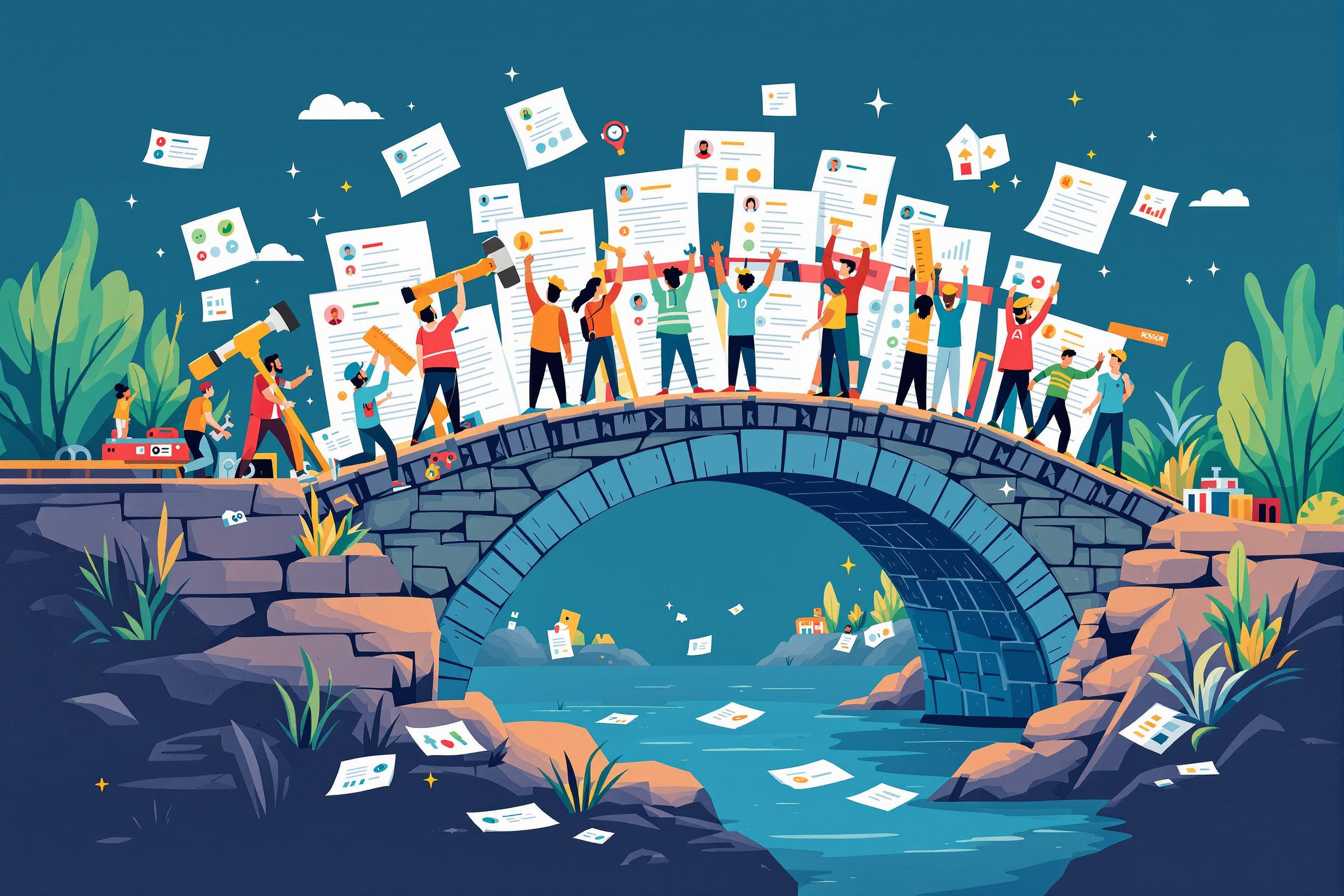
Portfolio Assessment
Portfolio Assessment is a way teachers collect and evaluate children's work over time to track their learning and development. Instead of just using tests, teachers gather things like artwork, writing samples, photos of projects, and notes about the child's activities. This helps show how children are growing and learning in different areas. It's like creating a storybook of each child's educational journey that teachers can share with parents and use to plan future lessons. This approach is especially popular in preschools and kindergartens because it gives a more complete picture of young children's abilities than traditional testing methods.
Examples in Resumes
Created and maintained Portfolio Assessment systems for 18 preschool students
Implemented digital Portfolio Assessment methods to document student progress
Used Portfolio Assessment and Portfolio Documentation to communicate student development to parents
Trained new teachers in Portfolio Assessment techniques and best practices
Typical job title: "Early Childhood Educators"
Also try searching for:
Where to Find Early Childhood Educators
Professional Organizations
Online Communities
Job Resources
Example Interview Questions
Senior Level Questions
Q: How would you implement a portfolio assessment system for a large preschool program?
Expected Answer: A senior educator should discuss organizing digital and physical documentation methods, training staff, creating assessment schedules, ensuring consistency across classrooms, and implementing parent communication strategies.
Q: How do you use portfolio assessment data to improve curriculum planning?
Expected Answer: Should explain how to analyze patterns in student work, identify learning gaps, adjust teaching strategies, and create individualized learning plans based on portfolio evidence.
Mid Level Questions
Q: What elements do you include in a child's portfolio and why?
Expected Answer: Should mention various types of documentation like photos, work samples, observation notes, and developmental checklists, explaining how each helps track different aspects of child development.
Q: How do you share portfolio information with parents effectively?
Expected Answer: Should discuss regular parent conferences, progress reports, digital sharing platforms, and strategies for explaining development progress in family-friendly terms.
Junior Level Questions
Q: What is the difference between portfolio assessment and traditional testing?
Expected Answer: Should explain that portfolio assessment is ongoing, looks at actual work samples, and provides a more complete picture of child development compared to one-time tests.
Q: How do you organize and maintain student portfolios?
Expected Answer: Should describe basic organization methods, regular documentation practices, and systems for collecting and storing student work samples.
Experience Level Indicators
Junior (0-2 years)
- Basic portfolio organization
- Photo and work sample collection
- Simple observation writing
- Basic parent communication
Mid (2-5 years)
- Digital portfolio management
- Detailed developmental documentation
- Progress report creation
- Parent conference facilitation
Senior (5+ years)
- Portfolio system development
- Staff training and mentoring
- Curriculum adaptation based on assessments
- Program-wide implementation
Red Flags to Watch For
- No experience with documentation methods
- Poor organization skills
- Limited understanding of child development stages
- Inability to communicate effectively with parents
- No knowledge of privacy regulations regarding student information
Related Terms
Need more hiring wisdom? Check these out...

Beyond Resumes: How Competency-Based Hiring Transforms Talent Acquisition

Unlocking Hidden Talent: Spotting Transferable Skills in Non-Traditional Candidates

Micro-Internships: The Game-Changer in Project-Based Learning

